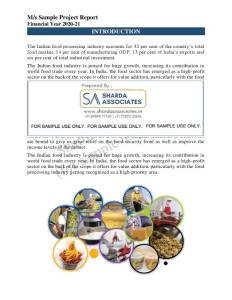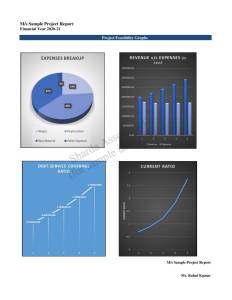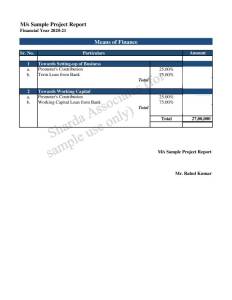Project Report For CNG Filling Station
Introduction
Project report for CNG Filling Station is as follows.
The CNG and LPG vehicle sector is anticipated to expand at a rate of more than 7% during the anticipated time period (2020 – 2025). Worldwide, there is now a major concern about global warming, and people are beginning to understand its effects.
An increasing anti-gasoline and anti-diesel sentiment is the result. Some regions’ emission regulations have become so strict that it costs a lot to get cars into compliance.
Strong emission regulations in certain areas have resulted in significant investments to render cars compliant. It has placed a huge amount of financial stress on car makers, particularly diesel, and has acted as a significant driver for the CNG and LPG vehicle industry.
The rising usage of alternative fuel in the automobile sector for cost efficiency, fuel economy, and pollution control could be linked to the rise of automobile CNG and LPG.
CNG and LPG cars are quickly expanding in emerging nations, due to the cheaper price of CNG and LPG compared to increasing petroleum costs.
Furthermore, CNG and LPG cars are seen as environmentally friendly alternatives to petroleum-powered automobiles.
The Asia-Pacific area is the globe’s biggest car marketplace. Although sluggish development in China’s market, the world’s largest automobile industry, the area is anticipated to dominate development in the automotive CNG & LPG industry.
Market Potential Of CNG Filling Station
Governments all around the world have been pushing for the use of cleaner cars to reduce the impact of road traffic on the environment for a number of decades. Many countries and cities have passed laws to improve fuel efficiency (and hence reduce CO2) and limit air pollution.
Previously, the focus of fuel-efficiency initiatives was on smaller cars. Nevertheless, commercial and heavily loaded automobiles are all now exposed to similar regulations, allowing LPG and CNG to be used in these automobiles.
As per a new findings done by the Sustainable Gas Institute in 2019, pollutants by natural gas-fueled vehicles are 15% less than that from diesel vehicles.
The number of such large vehicles is still quite small, accounting for just approximately 1% of overall worldwide natural gas vehicle volume (NGVs).
Though innovative NGVs are more expensive than their petrol (and occasionally diesel) equivalents, this preliminary price disparity is negated in the medium- to long-term after the vehicle is purchased, since there is a significant price distinction among vehicles which run on fuel as well as those who operate on petrol & diesel.
Project Report Sample On CNG Filling Station
Need Help?
Create 100% Bankable Project Report





